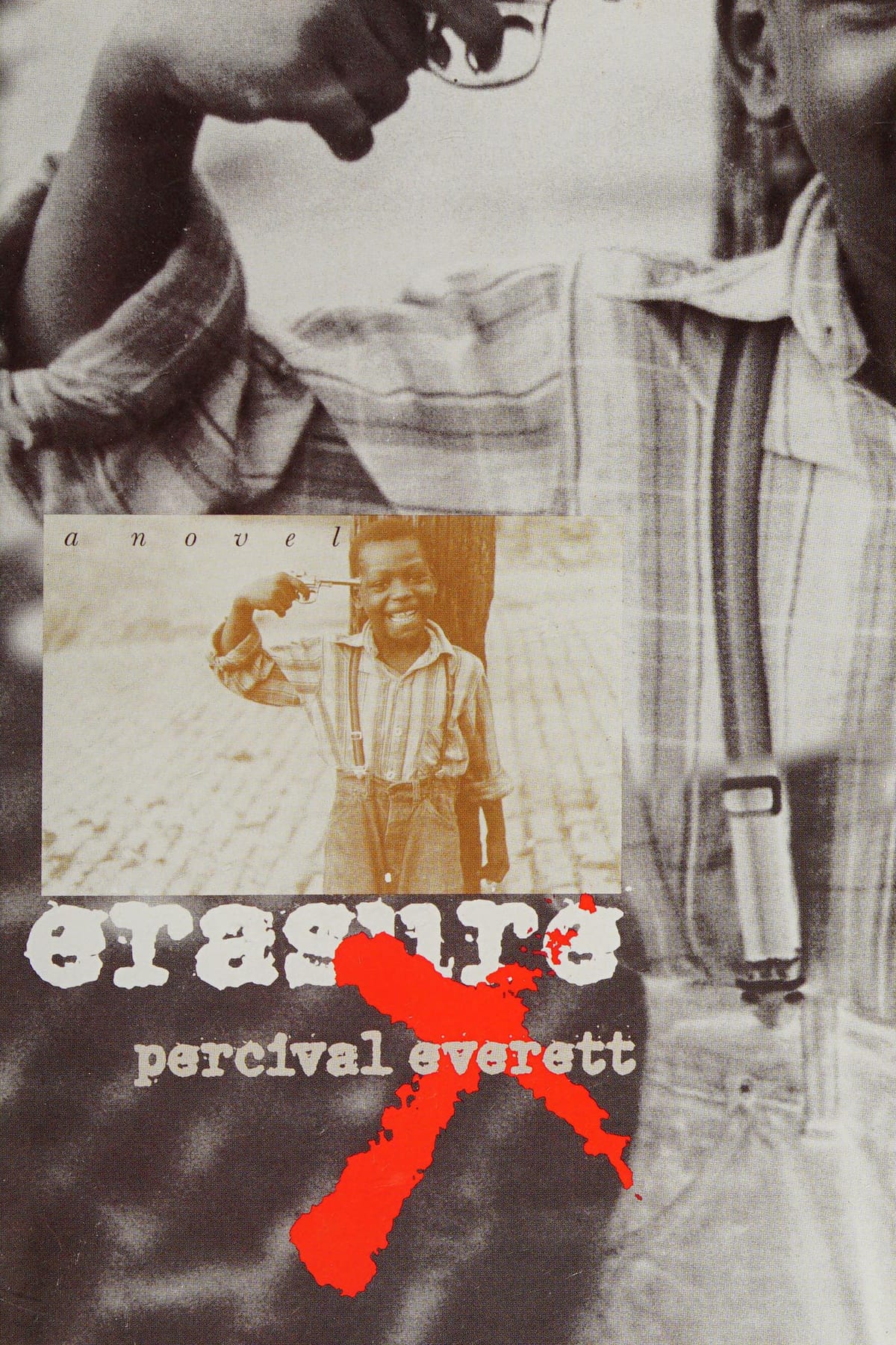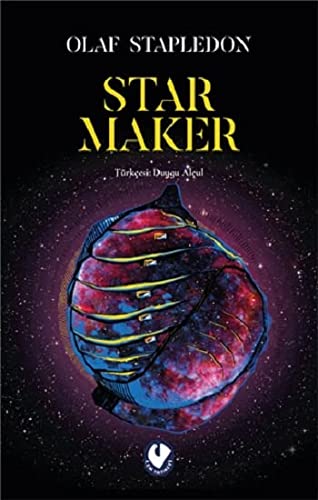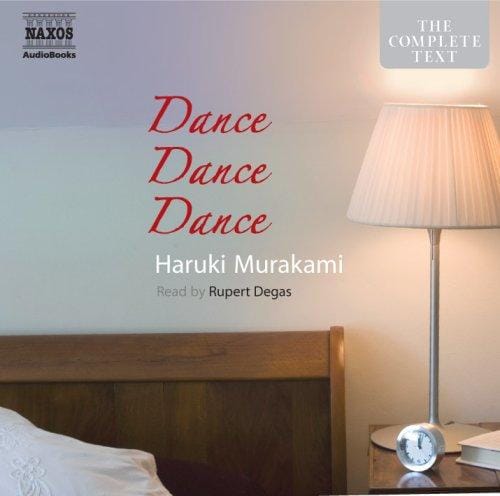Erasure: Synth-Pop Legends Who Defined a Generation
Explore the legacy of Erasure, the synth-pop duo behind hits like 'A Little Respect'. Learn their history, key albums, and lasting impact on electronic music.

Introduction: Why Erasure Still Matters
Erasure may have emerged in the neon-lit 1980s, yet the synth-pop duo’s shimmering melodies and heartfelt lyrics continue to resonate with listeners today. Formed by vocalist Andy Bell and keyboardist Vince Clarke, Erasure blended infectious hooks with emotional depth, crafting songs that celebrated love, identity, and unapologetic joy. From dance floors to festival stages, their music has remained a staple for fans seeking both escapism and authenticity. This article traces Erasure’s origins, milestone releases, cultural impact, and enduring appeal while offering a concise guide for anyone ready to explore—or rediscover—their extensive catalog.
The Formation: Vince Clarke Meets Andy Bell
Before Erasure, Vince Clarke had already secured his place in pop history as the primary songwriter behind Depeche Mode’s debut album and as one half of Yazoo. Yet he sought a fresh creative partnership. In 1985, Clarke placed an ad in the music press seeking a vocalist; out of dozens of hopefuls, Andy Bell’s soulful tenor and charismatic stage presence stood out instantly. The pair discovered a shared love for Motown harmonies and futuristic electronic textures, forging a collaborative synergy that balanced Clarke’s meticulous production with Bell’s emotive delivery. Within months, Erasure was born.
Early Struggles and Breakthrough Success
Erasure’s debut album, "Wonderland" (1986), featured bright singles such as "Who Needs Love Like That," yet it only gained modest chart traction. It wasn’t until their second album, "The Circus" (1987), that the duo found mainstream success. Powered by the euphoric single "Sometimes," the record climbed UK charts and introduced the world to Bell’s commanding falsetto. Touring relentlessly, Erasure honed a reputation for theatrical live shows brimming with glitter, feathers, and exuberant choreography. By the time "The Innocents" arrived in 1988, hits like "A Little Respect" and "Chains of Love" cemented their status as global pop icons.
Artistic Evolution in the 1990s
Rather than resting on formula, Erasure pushed creative boundaries in the 1990s. "Wild!" (1989) delivered arena-ready anthems, while "Chorus" (1991) showcased Clarke’s innovative use of analog synthesizers without MIDI, giving the album a warm, organic feel. Their self-titled 1995 release took a darker, more introspective turn, incorporating experimental textures and orchestral elements. Though some critics were divided, the record demonstrated the duo’s refusal to stagnate. Subsequent albums like "Cowboy" (1997) and "Loveboat" (2000) balanced radio-friendly hooks with deeper lyrical themes, reinforcing Erasure’s versatility and commitment to artistic growth.
Cultural Impact and LGBTQ+ Representation
Erasure’s influence extends beyond chart positions. Andy Bell, one of the first openly gay pop stars, brought queer visibility to mainstream audiences during an era when such representation was scarce. Songs like "Hideaway" addressed the struggle for acceptance with a tenderness that resonated with LGBTQ+ listeners worldwide. The duo’s flamboyant stage aesthetics—featuring glittering costumes and unapologetic camp—challenged rigid gender norms and celebrated self-expression. Their presence offered solidarity and hope at the height of the AIDS crisis, making Erasure not just entertainers but cultural trailblazers.
Signature Sound: What Makes an Erasure Track
At the core of every Erasure song lies Clarke’s knack for crafting articulate chord progressions layered with shimmering synth arpeggios. He often juxtaposes major-key optimism with melancholic undertones, giving tracks a bittersweet edge. Bell’s voice soars above these arrangements, blending gospel-inflected power with pop immediacy. Lyrically, Erasure avoids cynicism, instead favoring themes of unconditional love, resilience, and collective joy. This mixture of technical mastery and emotional sincerity has enabled the duo’s music to transcend fleeting trends, ensuring its timeless appeal in clubs, supermarkets, and playlists alike.
Fan Culture and Theatrical Live Performances
Erasure concerts are legendary for transforming venues into glitter-drenched wonderlands. Stage sets have included giant neon swans, rotating dollhouses, and kaleidoscopic LED walls. Bell’s wardrobe—ranging from sequined jumpsuits to angel wings—invites audience participation, turning each show into a communal celebration. Fans, affectionately known as "Erasurettes," often arrive in handmade costumes and rainbow regalia, reinforcing the band’s inclusive ethos. This vibrant live culture has kept Erasure’s fanbase multigenerational, as older devotees bring along younger listeners eager to experience the spectacle firsthand.
Where to Start: An Essential Listening Guide
If you’re new to Erasure, begin with "The Innocents," a flawless primer loaded with hooks. Follow up with "Chorus" to appreciate Clarke’s analog wizardry, then explore "Nightbird" (2005) for a mature, reflective sound that underscores the duo’s longevity. The compilation "Pop! The First 20 Hits" serves as an efficient overview of their 1980s and early 1990s peak, while 2020’s "The Neon" proves the duo can still deliver euphoric synth-pop that feels both nostalgic and modern.
Conclusion: A Legacy Carved in Neon
Nearly four decades after their debut, Erasure remain a testament to the power of melody, authenticity, and unfiltered joy. Their songs continue to soundtrack weddings, Pride parades, film soundtracks, and countless personal playlists. By fusing Clarke’s studio craftsmanship with Bell’s heartfelt vocals, the duo created an enduring catalog that captures both the ecstasy and vulnerability of the human experience. As new generations discover their music, Erasure’s legacy of inclusivity and sonic innovation shines brighter than ever—proof that great pop never fades; it simply glows on.

